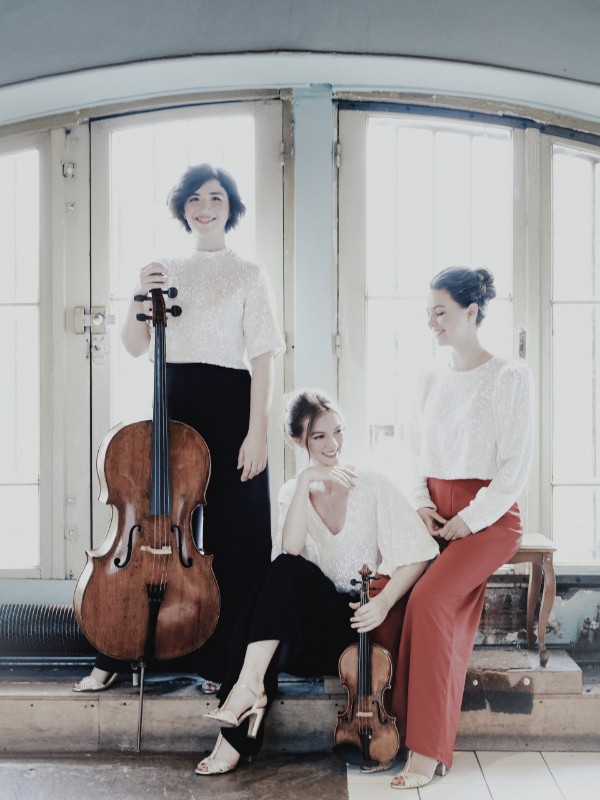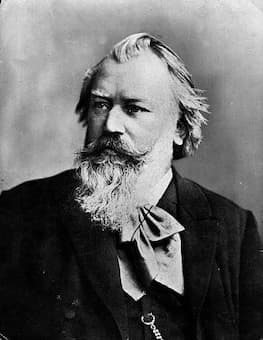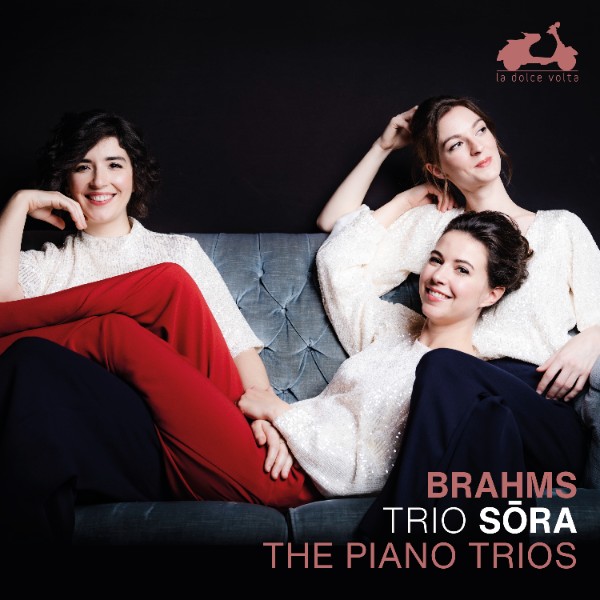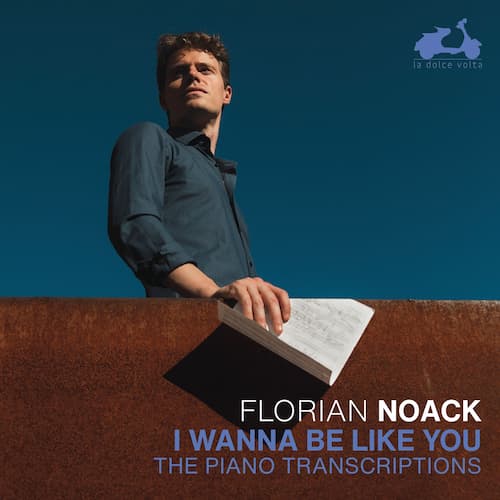After their first recording of Beethoven‘s piano trios, described as the biggest project a piano trio could undertake, the Trio Sōra then decided to tackle the next biggest challenge: Brahms’ complete piano trios.

Trio Sōra (photo by Lyodoh Kaneko)

Johannes Brahms
Trio Sōra takes its name from a native American word describing ‘a bird that sings as it takes flight’, but the word has other connotations, such as meaning ‘sky’ in Japanese, and having links with the idea of a sorority, sisters. The ensemble came together when Fanny Fheodoroff (violin), fresh from the Juilliard School, joined Pauline Chenais (piano) and Angèle Legasa (cello), who had met at the Paris Conservatoire. They started their trio in 2022 and now have risen to be a top chamber ensemble. They are artists-in-residence in Paris at the Fondation Singer-Polignac.
Since they’ve conquered the works by the two top composers of piano trios, Beethoven and Brahms, the ensemble is very aware of how their two composers compare. They see Brahms as tied to his classical heritage, whereas Beethoven, as in so many things, looked to the future. Brahms, in looking towards the past, used it as both a firm foundation and a source of inspiration.
They open with his Trio No. 1, Op. 8, written in 1853 when he was living with the Schumanns in Düsseldorf. He revised it 35 years later, and it is this late version that the trio play. They see the work as containing ‘the spirit, the passion and the exuberance of his youth’ but now tempered with a matured mind and life experience.
At age 50, Brahms approached the Piano Trio again with his Piano Trio No. 2, Op. 87, and the performers see this work as less of the spirit and more of the mind. It lacks the singing lines they had in the first trio and, at the same time, is more interlocking. The violinist commented that it was difficult to practice it alone because the lines were so interdependent!
Brahms’ final trio, No. 3, Op. 101, came in 1886. Even more so than in the Op. 87, he has condensed down the form. The transitions are shorter, the writing is concise, yet at the same time, there’s an underlying fire missing in the second trio. In the work, he pays homage to the music that surrounded him: ‘Viennese waltzes, the driving rhythms of the csárdas, the nostalgia of the all’ungarese themes and the simplicity of folk tunes, all skilfully interwoven’. It’s in the final movement that the gypsy influence becomes most clear.
Johannes Brahms: Piano Trio, Op. 101 – IV. Allegro molto
Also part of the album is a fourth trio, Op. 40, which was initially for horn, violin, and piano, but which was partially rewritten by Brahms to adapt it for the cello. One of the results of this was occasions where the cello played higher than the violin. The final work on the album is Brahms’ famous lullaby, here arranged by Mathieu Herzog for piano trio.
It’s a delight to hear these works played so beautifully by this astonishingly creative trio.

Brahms: The Piano Trios
Trio Sōra
La Dolce Volta LDV 132.3
Release date: 26 April 2024
Official Website
For more of the best in classical music, sign up for our E-Newsletter

